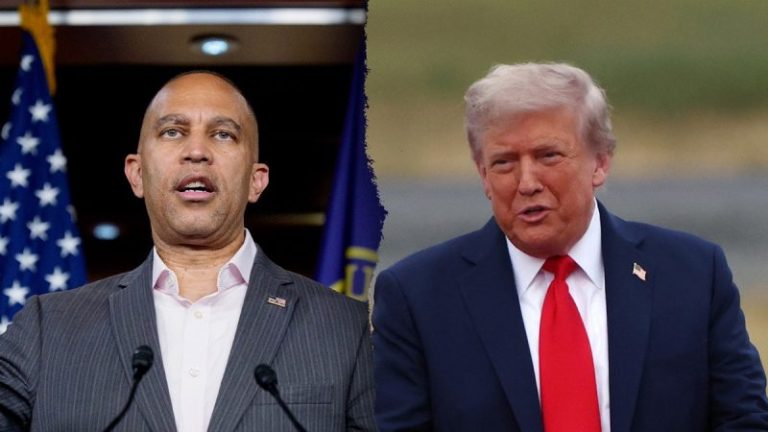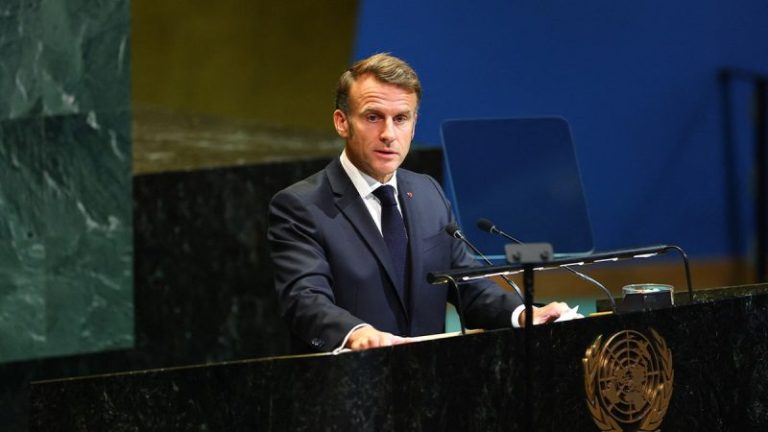Rep. Jasmine Crockett, D-Texas, was among a select group of Democrats who then-Vice President Kamala Harris sought to bolster via a top secret ‘Stars Project,’ the 2024 White House hopeful’s new memoir reveals.
Harris dove deep into her brief presidential campaign in a new book released on Tuesday called ‘107 Days,’ with the title referencing the time between the beginning and end of her 2024 bid.
In one section, Harris discussed planning the Democratic National Convention (DNC) and said it was ‘in the party’s interest to highlight our stars, while we make it as entertaining as possible.’
‘When I became VP, I had a secret project – I called it the Stars Project – that only my senior team knew about. We’d brainstorm about the younger talents in the party and then, on Friday afternoons, I’d invite one or another to visit my office in the West Wing or the residence,’ Harris wrote.
Several were nervous, she recounted, but Harris recalled telling them, ‘No, I think you’re very talented. What are you working on, and how can I help you?’
‘Many of those on my list spoke at the convention: Lauren Underwood, Robert Garcia, Angela Alsobrooks, Lateefah Simon, Maxwell Frost, Joe Neguse, Lina Hidalgo, Jasmine Crockett,’ Harris listed.
Crockett, who has received backlash from conservatives for comparing ICE to ‘slave patrols’ and supporting defunding police, appeared to reference the passage in content she cross-posted on her personal Instagram account.
The post was from a Texas politics-based account called ‘howdypolitics’ that shared, ‘Kamala Harris had a secret project only known to senior staff called the ‘Stars Project,’ to privately mentor rising stars in the party. She made sure that many of them received speaking slots during the convention. That is what Jasmine Crockett was talking about in her speech at the DNC.’
Crockett did reference a meeting with Harris in her speech at the DNC in summer 2024.
‘When I first got to Congress, I wasn’t sure I made the right decision. The chaos caucus couldn’t elect a speaker and the Oversight Committee was unhinged. I was going through all of this when I visited the vice president’s residence for the first time. As I approached Vice President Harris for our official photo, she turned to me and asked, ‘What’s wrong?’’ Crockett recalled.
‘Mind you, we’d never met. But she saw right through me. She saw the distress. I immediately began crying, and the most powerful woman in the world wiped my tears and listened.’
She said Harris told her, ‘You are exactly where God wants you. Your district chose you because they believe in you. And so do I.’
‘The next month I went viral for the first of many times to come for hitting Republicans with a dose of their own medicine. That brief but impactful interaction gave me my legislative legs and I’ve been running ever since,’ Crockett said.
Crockett recently ignited backlash from conservatives after slamming White lawmakers for honoring Charlie Kirk after his assassination.
‘And to be clear, you can wave all the flags you want to, but I am telling you right now that the most unpatriotic people that we have in this country are MAGA and this president. We are the real patriots. And it is time for us to take our flag back and show people what America is about,’ she said.
Fox News Digital reached out to Crockett for further comment on Harris’ book excerpt and her speech at the DNC.










